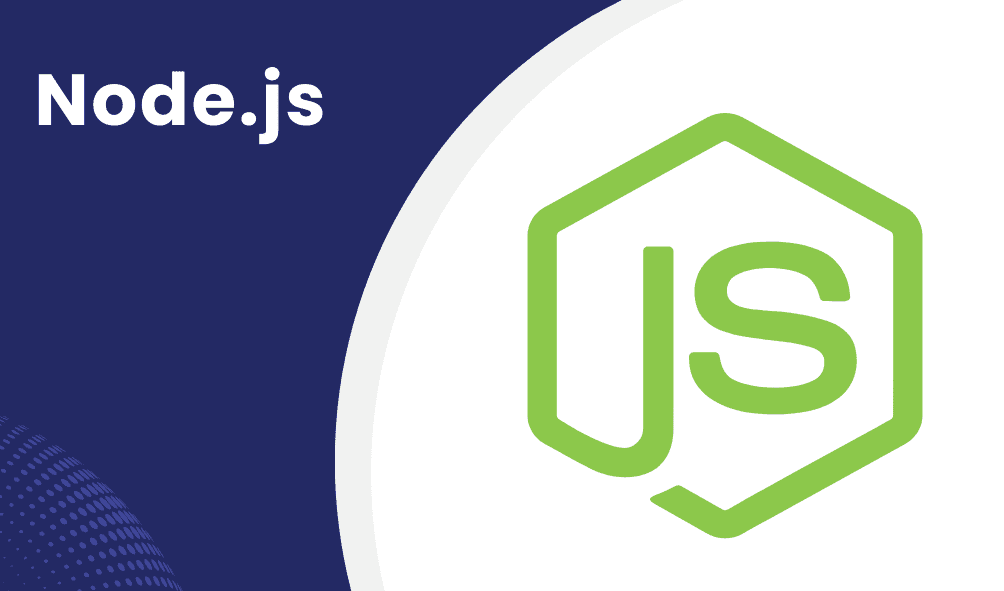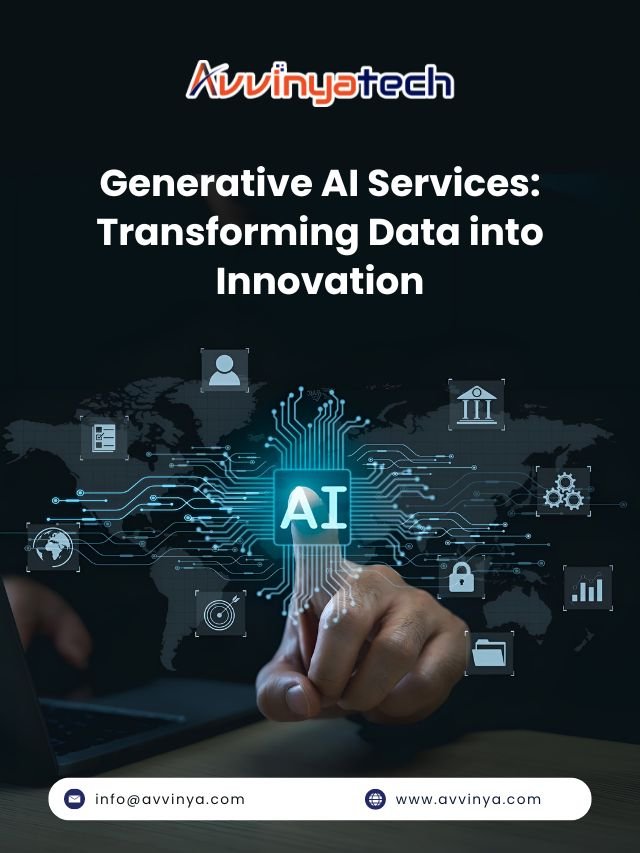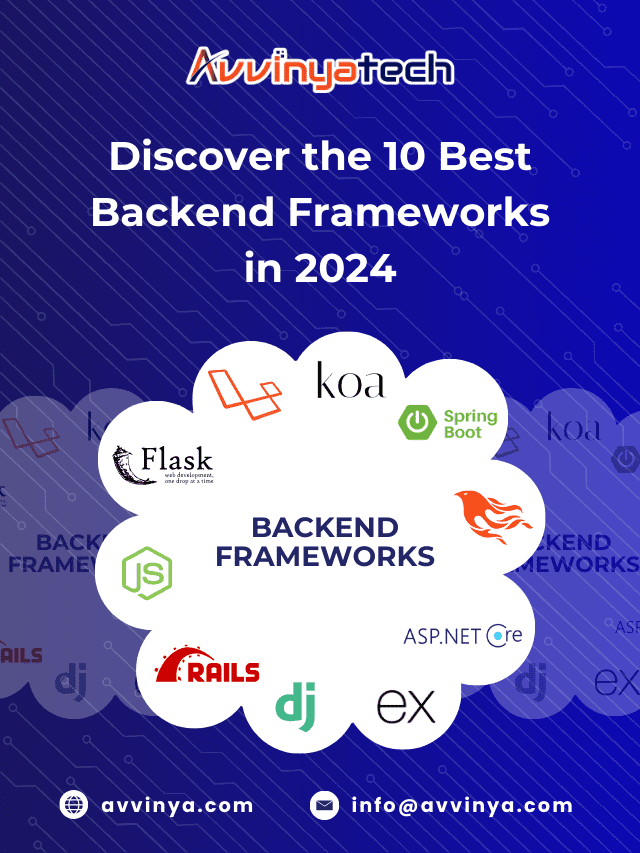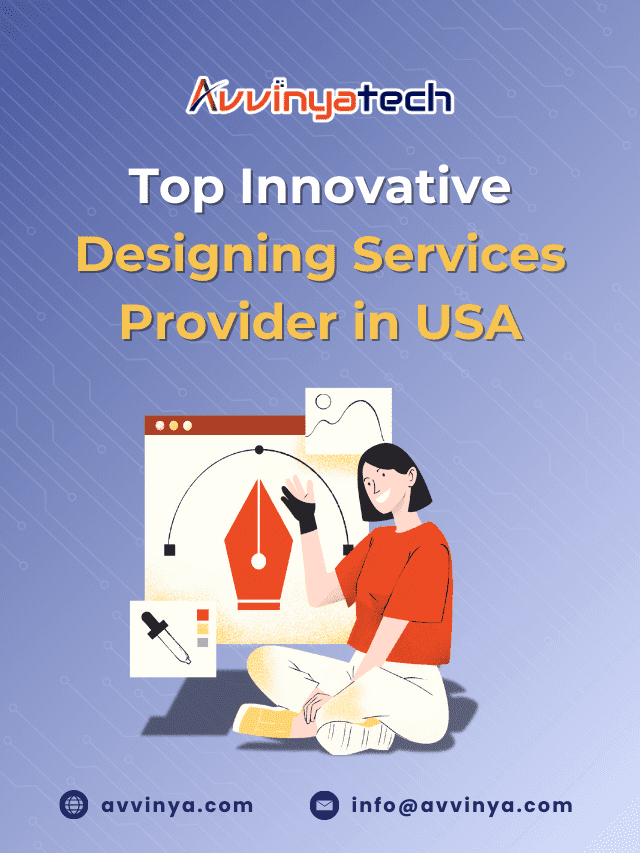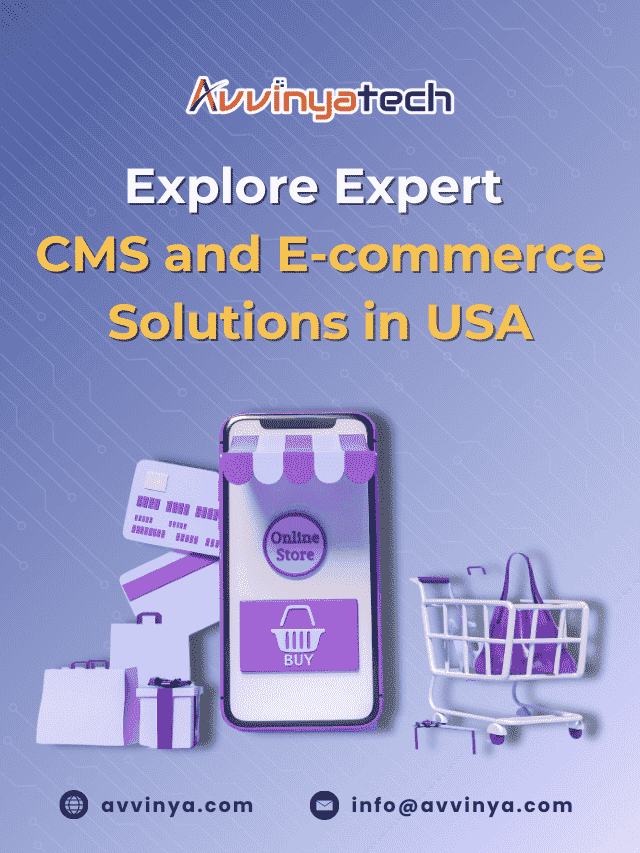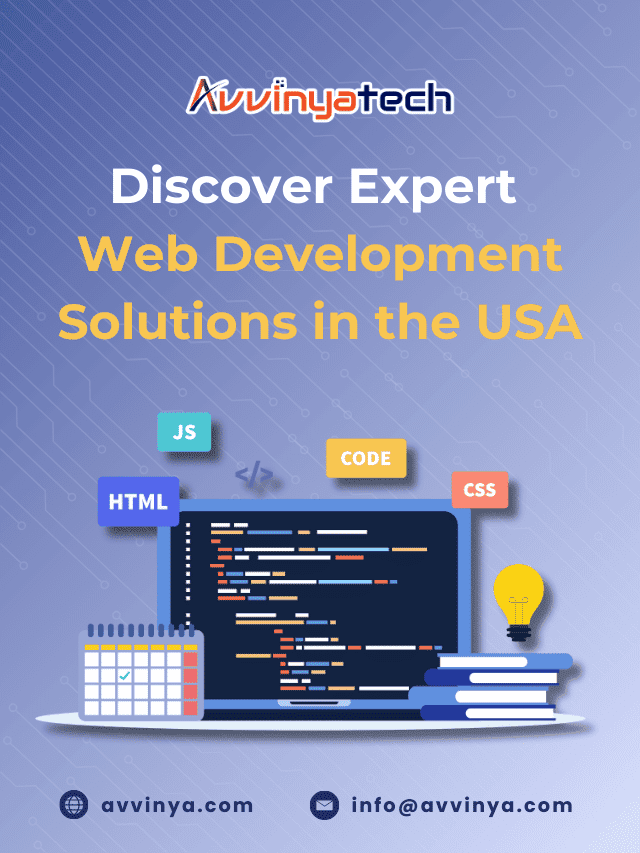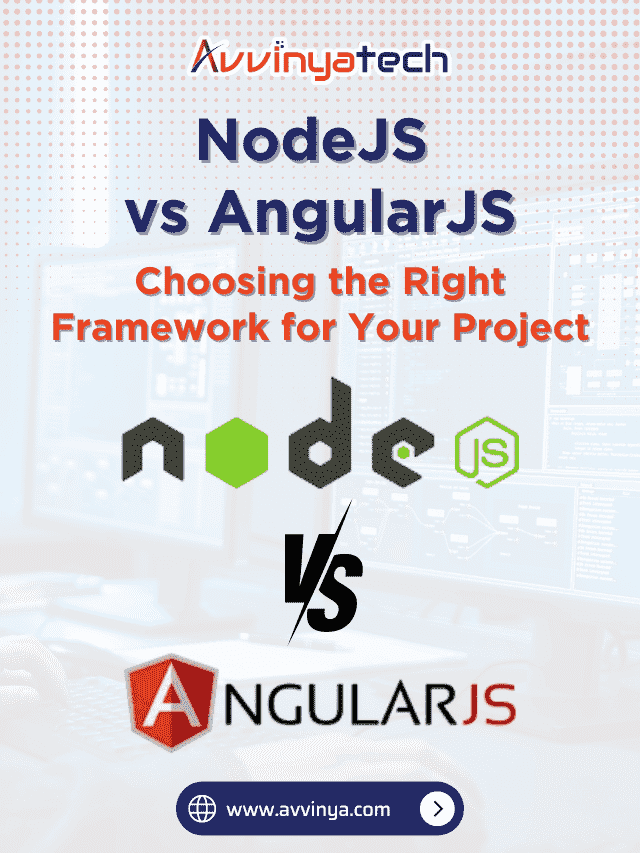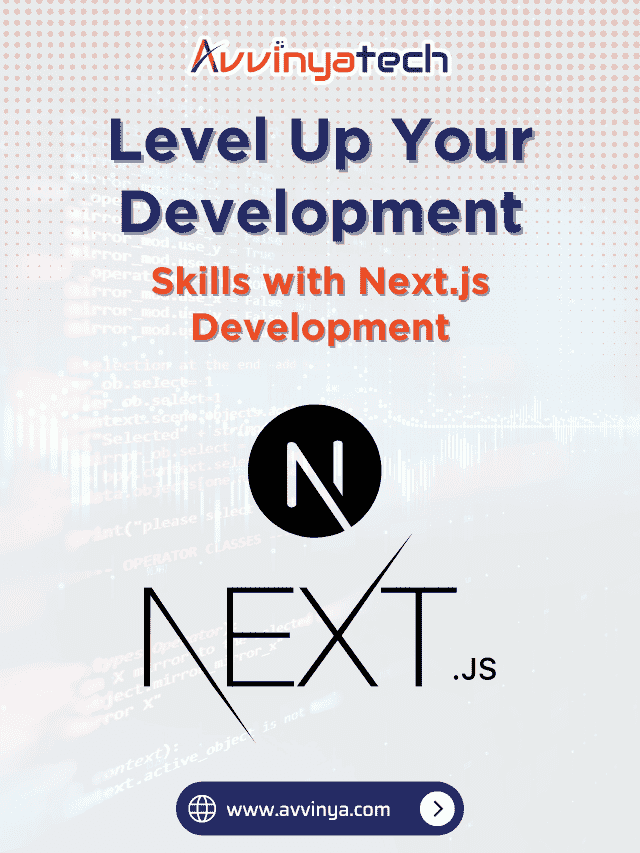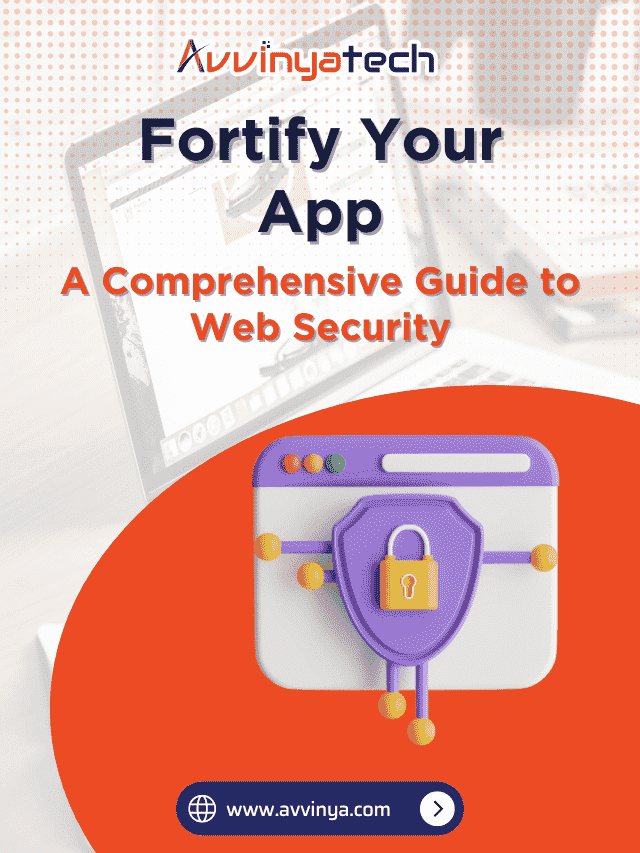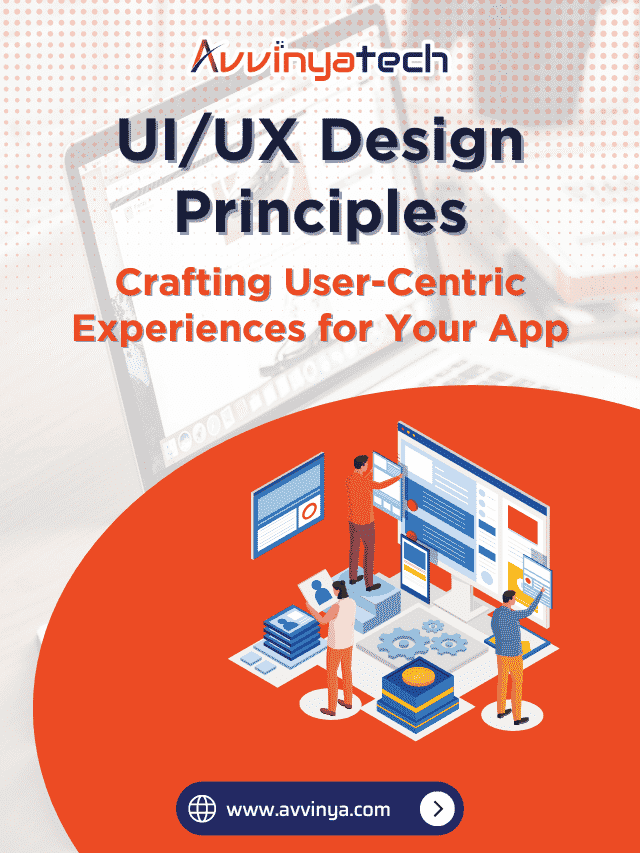Discover the 10 Best Backend Frameworks in 2024
The backend of any application is a crucial component that ensures the smooth functioning and performance of software. With a plethora of frameworks available, choosing the right one can be a daunting task. This comprehensive guide will explore the top 10 backend frameworks in 2024, detailing their features, advantages, and ideal use cases. Whether for a startup or an enterprise-level project, understanding these frameworks can help make informed decisions and enhance development processes.
What is a Backend Framework?
A backend framework is a software tool that provides a foundation for developers to build and manage the server-side logic of web applications. These frameworks offer libraries, tools, and best practices to streamline development, ensuring scalability, security, and performance. By abstracting common tasks such as database interactions, session management, and authentication, backend frameworks allow developers to focus on building core functionalities.
Criteria for Selecting a Backend Framework

When evaluating backend frameworks, several criteria should be considered to ensure the right fit for a project:
- Performance: How well the framework handles requests and manages resources.
- Scalability: The framework’s ability to grow with increasing user demands.
- Community Support: Availability of documentation, tutorials, and active forums.
- Ease of Use: Learning curve and developer productivity.
- Security: Built-in features to protect against common vulnerabilities.
- Flexibility: Adaptability to different project requirements and technology stacks.
The Top 10 Backend Frameworks in 2024
-
Node.js
Overview
Node.js is a popular open-source, cross-platform runtime environment that allows JavaScript to be used for server-side scripting. It is built on Chrome’s V8 JavaScript engine, making it incredibly fast and efficient.
Features
- Event-driven architecture: Asynchronous processing enhances performance.
- NPM ecosystem: Access to a vast library of reusable modules.
- Non-blocking I/O: Efficient handling of concurrent requests.
Advantages
- High performance and scalability.
- Active and vast community support.
- Perfect for real-time applications such as chat apps and online gaming.
Ideal Use Cases
- Real-time applications
- Single Page Applications (SPAs)
- RESTful APIs
-
Django
Overview
Django is a high-level Python web framework that encourages rapid development and clean, pragmatic design. It is renowned for its “batteries-included” approach, offering numerous features out of the box.
Features
- ORM (Object-Relational Mapping): Simplifies database operations.
- Admin interface: Automatically generated for content management.
- Security features: Protects against SQL injection, XSS, CSRF, and other attacks.
Advantages
- Rapid development due to built-in features.
- Excellent for data-driven applications.
- Strong security features.
Ideal Use Cases
- Content management systems (CMS)
- E-commerce platforms
- Scientific computing applications
-
Ruby on Rails
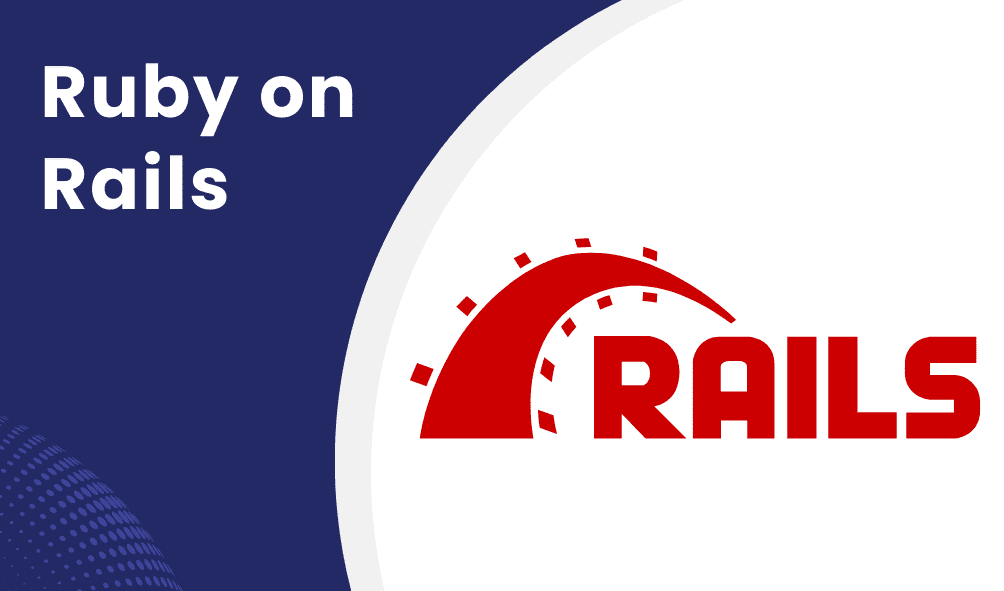
Overview
Ruby on Rails, often referred to as Rails, is a server-side web application framework written in Ruby. It follows the convention over configuration (CoC) and don’t repeat yourself (DRY) principles.
Features
- MVC architecture: Separates application logic and presentation.
- Active Record: Database interaction is simplified.
- Scaffolding: Quickly generates some of the major pieces of an application.
Advantages
- Highly productive due to its conventions.
- Rich libraries and plugins (gems).
- Strong focus on testing.
Ideal Use Cases
- Startups and MVPs (Minimum Viable Products)
- Social networking sites
- E-commerce platforms
-
Flask

Overview
Flask is a lightweight WSGI web application framework in Python. It is designed with simplicity and flexibility in mind, allowing developers to build robust applications with minimal overhead.
Features
- Minimalist core: Allows adding only the components needed.
- Extensible: Numerous extensions available for added functionality.
- RESTful request dispatching: Simplifies API development.
Advantages
- Simple and flexible.
- Ideal for small to medium-sized projects.
- Excellent for prototyping.
Ideal Use Cases
- Microservices
- Prototyping and experimentation
- Small to medium web applications
-
Spring Boot
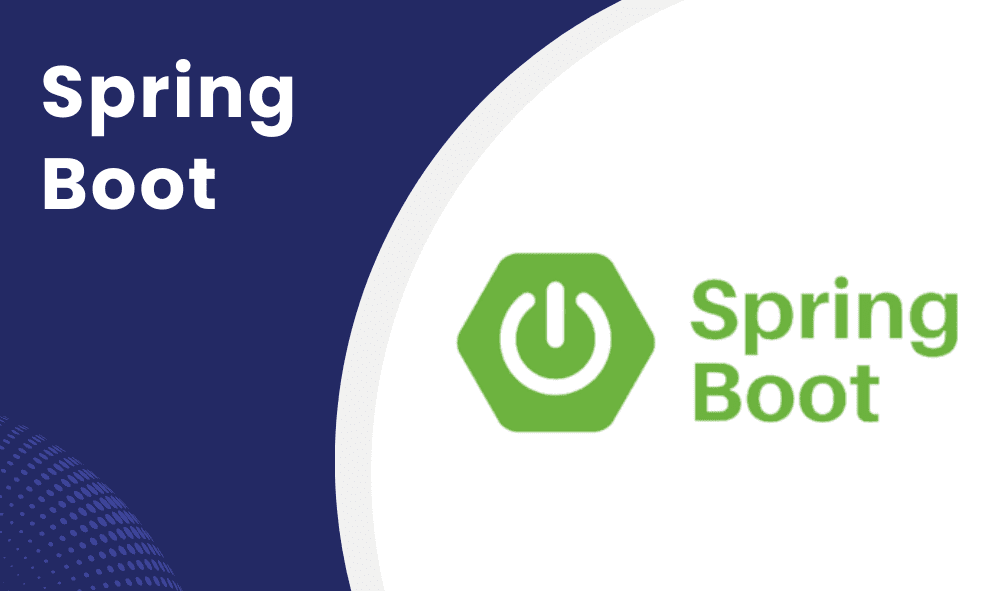
Overview
Spring Boot is a project within the larger Spring Framework ecosystem, aimed at simplifying the bootstrapping and development of new Spring applications. It eliminates much of the boilerplate configuration required.
Features
- Auto-configuration: Automatically configures Spring applications based on project dependencies.
- Embedded servers: Tomcat, Jetty, or Undertow for simpler deployment.
- Production-ready: Metrics, health checks, and externalized configuration.
Advantages
- Simplifies complex Spring applications.
- Ready for production out-of-the-box.
- Wide range of functionalities due to Spring ecosystem.
Ideal Use Cases
- Enterprise-level applications
- Microservices architecture
- Cloud-native applications
-
Laravel

Overview
Laravel is a PHP framework known for its elegant syntax and robust features. It follows the MVC architectural pattern and is designed to make development processes more straightforward and enjoyable.
Features
- Eloquent ORM: Intuitive database interaction.
- Blade template engine: Clean and straightforward templating.
- Artisan CLI: Command-line interface for common tasks.
Advantages
- Highly expressive and readable code.
- Strong community and ecosystem.
- Excellent for rapid application development.
Ideal Use Cases
- E-commerce platforms
- SaaS applications
- Content management systems
-
Express.js
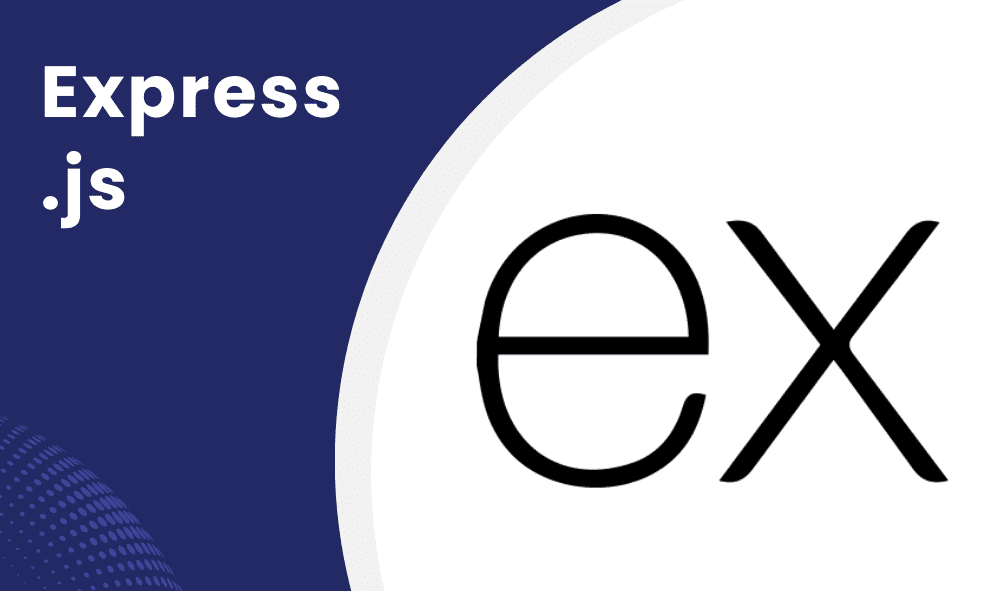
Overview
Express.js is a minimal and flexible Node.js web application framework, providing a robust set of features to develop web and mobile applications.
Features
- Middleware: Extensible request handling pipeline.
- Routing: Powerful routing mechanisms.
- Minimalist: Small footprint but highly extensible.
Advantages
- High performance due to its minimalistic approach.
- Flexible and adaptable to various use cases.
- Large ecosystem of middleware.
Ideal Use Cases
- Single Page Applications (SPAs)
- RESTful APIs
- Real-time applications
-
ASP.NET Core
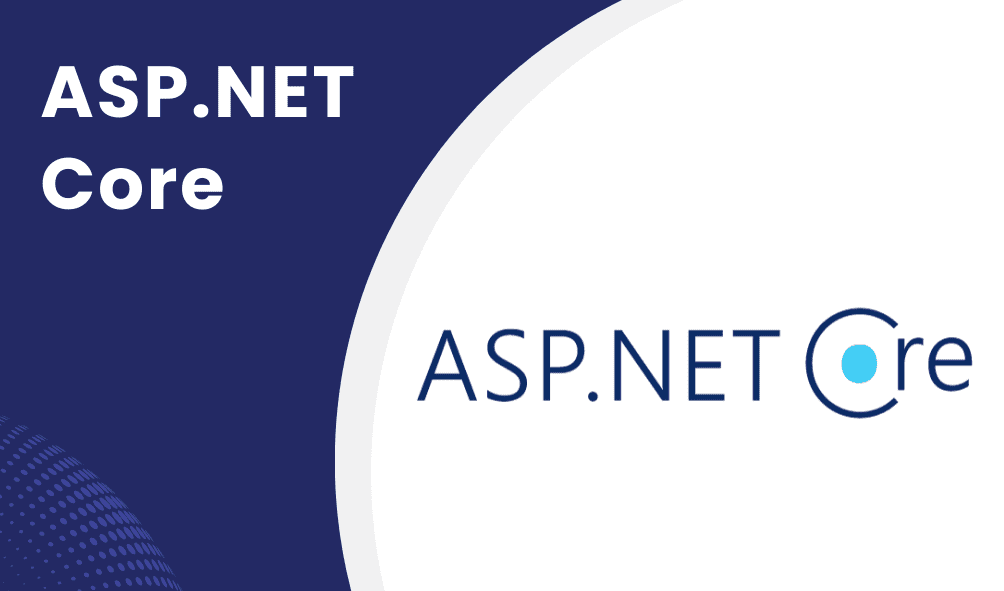
Overview
ASP.NET Core is a cross-platform, high-performance framework for building modern, cloud-based, and internet-connected applications. It is a redesign of the older ASP.NET framework, emphasizing performance and flexibility.
Features
- Cross-platform: Runs on Windows, macOS, and Linux.
- High performance: Optimized for speed and scalability.
- Unified MVC and Web API framework: Simplifies development.
Advantages
- Excellent performance and scalability.
- Full integration with the .NET ecosystem.
- Robust security features.
Ideal Use Cases
- Enterprise-level applications
- Cloud-based applications
- High-performance APIs
-
Phoenix
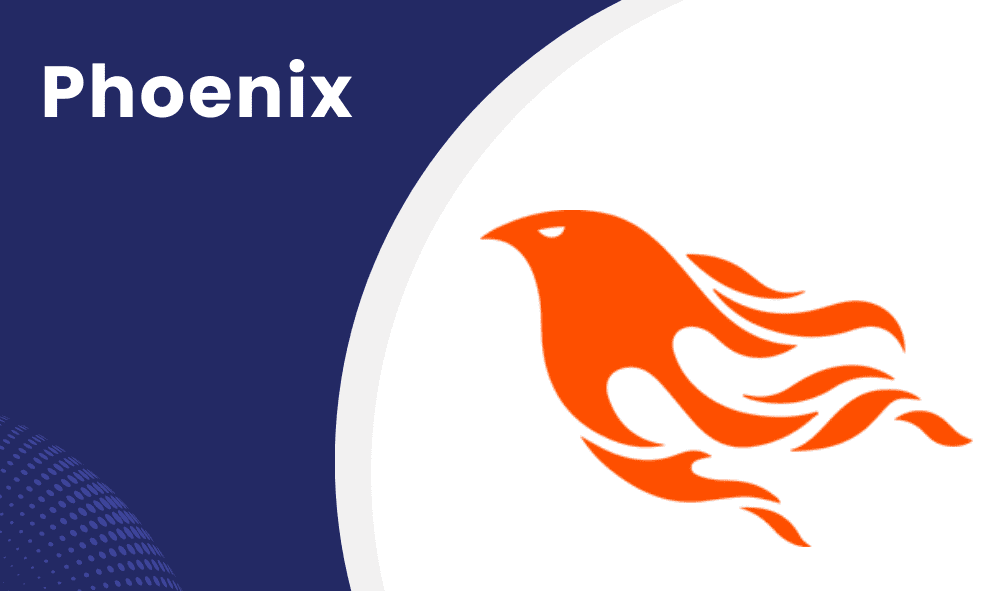
Overview
Phoenix is a web framework for the Elixir programming language, designed for building scalable and maintainable applications. It leverages the Erlang VM, known for its low-latency, distributed, and fault-tolerant systems.
Features
- Real-time capabilities: Built-in support for WebSockets.
- Fault-tolerance: Inherits robustness from the Erlang VM.
- Scalability: Efficiently handles a large number of connections.
Advantages
- Real-time communication capabilities.
- Highly scalable and fault-tolerant.
- Excellent for performance-critical applications.
Ideal Use Cases
- Real-time applications
- Distributed systems
- High-traffic applications
-
Koa.js
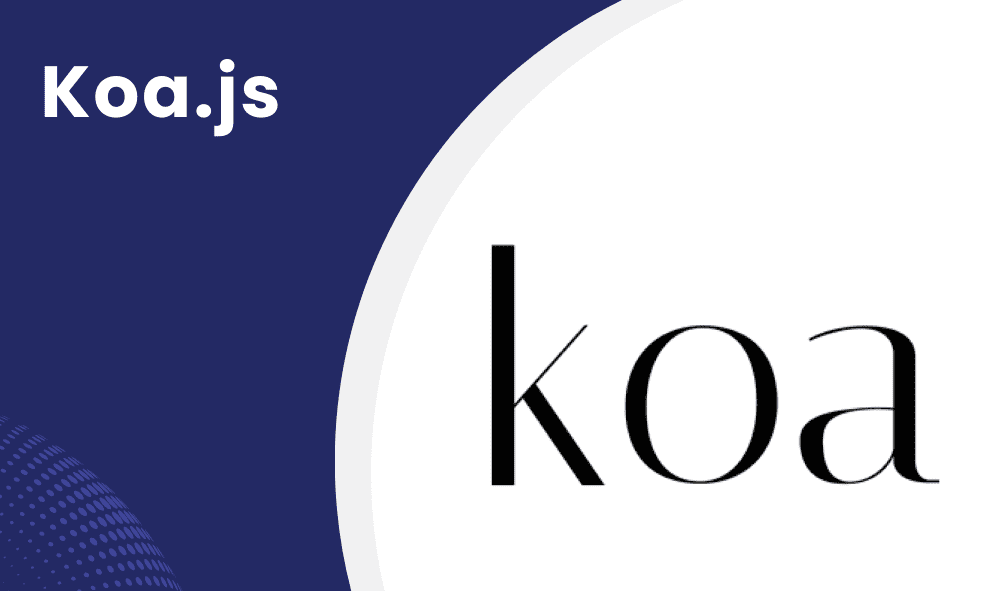
Overview
Koa.js is a modern, lightweight framework for Node.js, developed by the creators of Express.js. It aims to be a smaller, more expressive, and robust foundation for web applications and APIs.
Features
- Minimalist core: Focuses on middleware and leaves out unnecessary components.
- Async/await: Built with modern JavaScript syntax.
- Extensible: Easy to add additional functionalities as needed.
Advantages
- Highly modular and lightweight.
- Clean and expressive code.
- Leverages modern JavaScript features.
Ideal Use Cases
- RESTful APIs
- Middleware-heavy applications
- Single Page Applications (SPAs)
Conclusion
Choosing the right backend framework is critical for the success of any web application. The frameworks listed above represent the best options available in 2024, each with unique strengths and ideal use cases. From the high performance of Node.js to the rapid development capabilities of Django and Ruby on Rails, there is a framework to suit every project requirement. Understanding these frameworks’ features and advantages can help developers make informed decisions, leading to more efficient and scalable applications.
Explore these frameworks and find the one that best aligns with project needs. With the right tools, building robust and scalable backend systems becomes a more manageable and rewarding task. Continue to explore and learn, as the landscape of backend development constantly evolves, offering new opportunities and challenges. For more insights and detailed guides, stay tuned to our blog at Avvinya and keep innovating.
At avvinya, We Have Pros and Peers for More Insights!
Connect with our professional web and app specialists to achieve impeccable development and seamless execution. Allow us to comprehend your industry obstacles and deliver efficient solutions, unlocking your business potential.
Contact us today for further information (+1) 346 698 8668
(+1) 346 698 8668 


